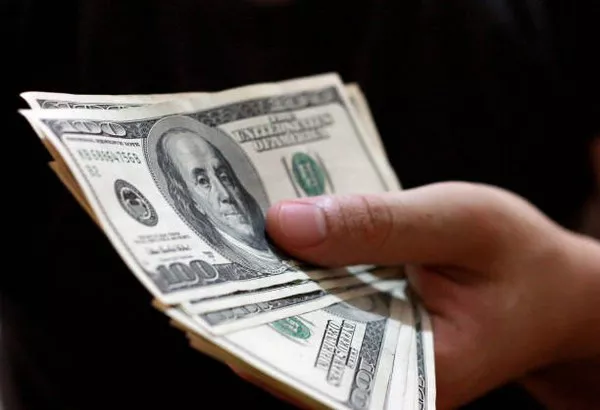The foreign exchange market is a complex and dynamic environment that is influenced by various economic, political, and social factors. One of the most closely watched currency pairs is the US dollar (USD) against other major currencies such as the Euro (EUR), Japanese Yen (JPY), and British Pound (GBP). In recent months, there has been much speculation and analysis on whether the dollar rate is expected to rise in the near future. This article aims to explore the factors that may contribute to a potential increase in the value of the US dollar.
1. Economic Indicators:
Economic indicators play a crucial role in shaping currency movements. Factors such as interest rates, inflation, GDP growth, and employment data can impact the strength of a country’s currency. Historically, the US dollar has been positively correlated with rising interest rates set by the Federal Reserve. As the US economy recovers from the impact of the COVID-19 pandemic, there is a possibility that the Federal Reserve may consider raising interest rates to curb inflationary pressures. This can potentially attract foreign investors seeking higher returns on their investments, leading to an increase in the demand for the US dollar and subsequently driving up its value.
2. Inflation and Purchasing Power:
Inflation is another key factor that influences currency valuation. High levels of inflation erode the purchasing power of a currency, making it less attractive to foreign investors. The US Federal Reserve closely monitors inflation levels and aims to maintain a target inflation rate of around 2%. If inflationary pressures persist and exceed this target, the Federal Reserve may implement monetary tightening measures to control inflation, which could have a positive impact on the value of the US dollar.
3. Geopolitical Developments:
Geopolitical events and uncertainties can also impact currency markets. The US dollar is often seen as a safe-haven currency during times of geopolitical instability or global economic uncertainty. Recent geopolitical tensions, trade disputes, or economic crises in other regions can lead to a flight to safety by investors, causing a surge in demand for the US dollar. As a result, the dollar rate may rise amid geopolitical developments that increase risk aversion among market participants.
4. Trade Balances and Current Account Deficits:
The trade balance and current account deficits of a country are important determinants of its currency’s strength. A country with a large trade deficit, meaning it imports more than it exports, may experience downward pressure on its currency as it requires more foreign currency to pay for its imports. On the other hand, a country with a trade surplus, such as the United States in recent years, may see a stronger currency due to higher demand for its exports. If the US continues to maintain a trade surplus or narrows its trade deficit, this could support a higher dollar rate.
5. Tech and Innovation Leadership:
The dominance of the United States in the technology and innovation sectors can also impact the strength of the US dollar. The US is home to many leading tech companies and innovation hubs, which attract significant foreign investment. The tech sector plays a crucial role in driving economic growth and productivity, which can contribute to a positive perception of the US economy and currency. As long as the US remains a leader in technology and innovation, it is likely to support the value of the US dollar in the global market.
6. Market Sentiment and Investor Confidence:
Market sentiment and investor confidence play a significant role in currency valuations. Positive economic data releases, political stability, strong corporate earnings, and overall optimism about the economic outlook can boost investor confidence in a country’s currency. On the other hand, any signs of economic weakness or political instability can lead to a decline in investor confidence and a depreciation of the currency. If market sentiment remains positive towards the US economy and its prospects, this could bolster the dollar rate in the coming months.
See Also Is It Better To Pay In Euros Or Dollars Online
In conclusion, while predicting currency movements with certainty is challenging due to the multitude of factors at play, the US dollar is poised to potentially rise in value based on the aforementioned factors. It is essential for investors and market participants to stay informed about economic developments, central bank policies, geopolitical events, and market sentiment to anticipate potential trends in the foreign exchange market. Whether the dollar rate will indeed rise will depend on how these factors evolve in the coming months.
As always, it is recommended for investors to seek advice from financial experts and conduct thorough research before making investment decisions in the foreign exchange market. The dynamics of the currency market can be volatile and unpredictable, and it is crucial to approach trading or investing in currencies with caution and a well-thought-out strategy.
Overall, the US dollar’s expected rise is subject to various factors that may influence its value in the global currency market. Investors should closely monitor economic indicators and geopolitical developments to gain insights into the potential trajectory of the dollar rate in the foreseeable future.


